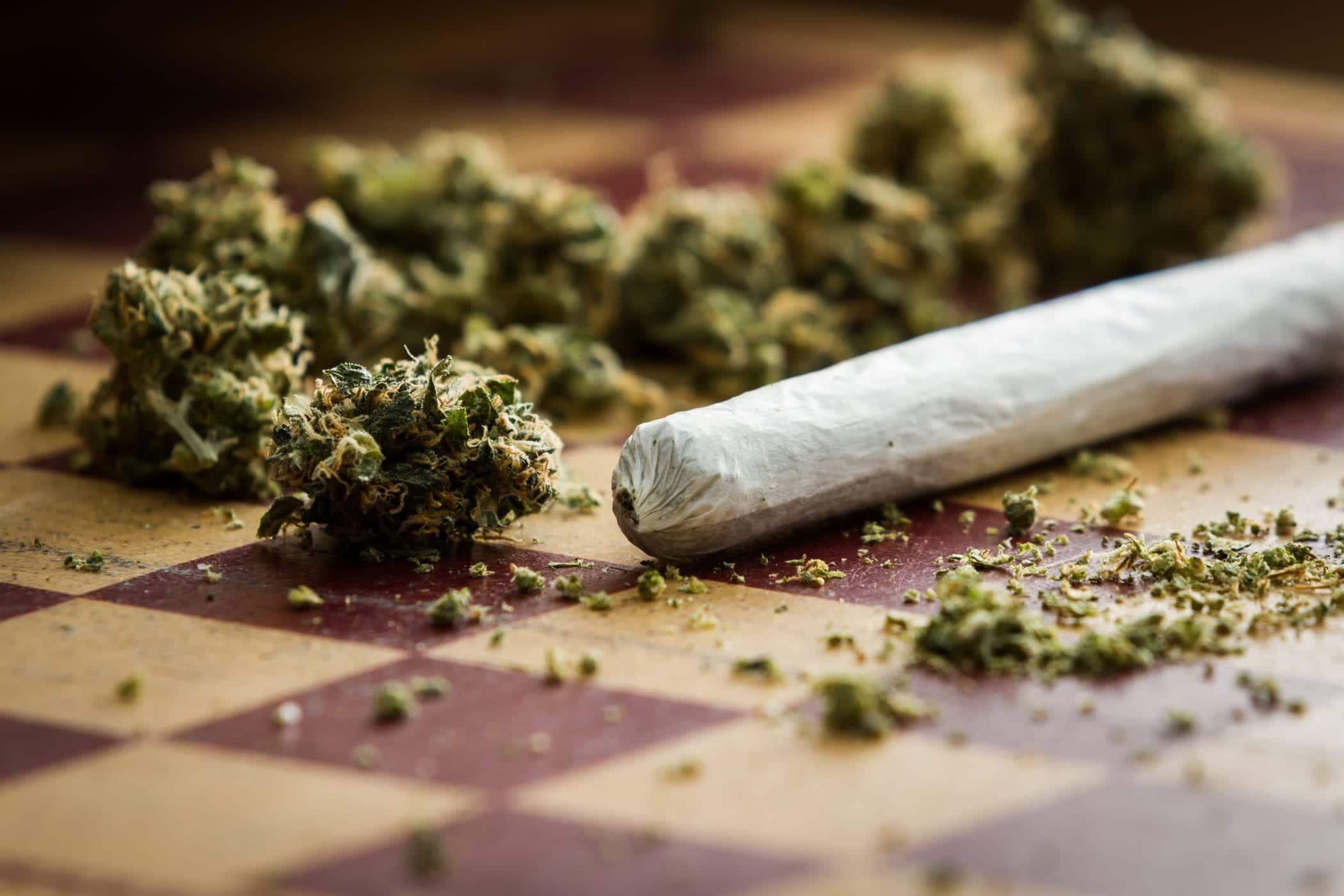
Marijuana is one of the many types of plants and herbs that have been used in society for centuries. It’s found a home in religious, spiritual and medicinal applications for various reasons. The psychoactive properties were once considered to bring followers closer to their spiritual guides with the pain relieving and relaxing aspects used to help treat injuries or promote a calmness for meditation and introspection.
All of that makes it sound like marijuana is a miracle plant. While it does have medicinal properties that can be extremely beneficial in a medical setting, the traditional uses of it carries some rather concerning side effects.
What Exactly Is Marijuana?
Marijuana is the dried flower of the cannabis plant, typically being shades of earthy colors such as green, brown and grey. You’ve likely also heard it referred to as weed, ganja, pot, Mary Jane or reefer depending on the source.
Once cultivated, it can be used in a variety of ways. Drying and smoking marijuana is the most widely known method, but creating teas and tinctures has been popular when medicinal use is the application. The recreational use of marijuana is where the concerns of addiction and negative health impacts come into play.
Addiction Isn’t Always a Physical Dependency
While hard drugs such as heroin and fentanyl often show themselves through physical changes to the body of an addicted user, a drug like marijuana stops showing most noticeable signs once a user has become sober. Symptoms such as a frequent cough can be written off as allergies or a sore throat even if chronic smoking is to blame.
The concern for addiction to marijuana is based on the brain’s receptors called endocannabinoid neurotransmitters and their ability to perform during and after marijuana use. Our bodies work to maintain a state of balance, or homeostasis, and will adapt to an increase in a chemical by producing less of it naturally.
This natural reduction in chemical production is a common side effect of drug use, not just in marijuana. The inability for your brain to produce mood balancing chemicals makes users turn to drug use more and more.
Herein lies another issue, tolerance. As users smoke more and more, they build up a tolerance to the THC, or tetrahydrocannabinol, which is the psychoactive and mood altering chemical found in marijuana. The higher the tolerance, the more THC that’s needed to achieve the same “high” feeling or even feel normal as their mood slumps without extra help.
Getting Ahead Of Marijuana Addiction
The easiest way to avoid marijuana addiction is to work towards quitting before changes in your brain’s circuitry permanently change how your mood is balanced. The process can be difficult to do alone, which is why our team at America’s Rehab Campuses is committed to helping you or your loved one find the treatment that fits their life and needs.
Please don’t hesitate to visit us online for more information and resources on addiction, as well as options to contact our team of addiction specialists for a private consultation regarding your concerns about marijuana addiction or abuse.

